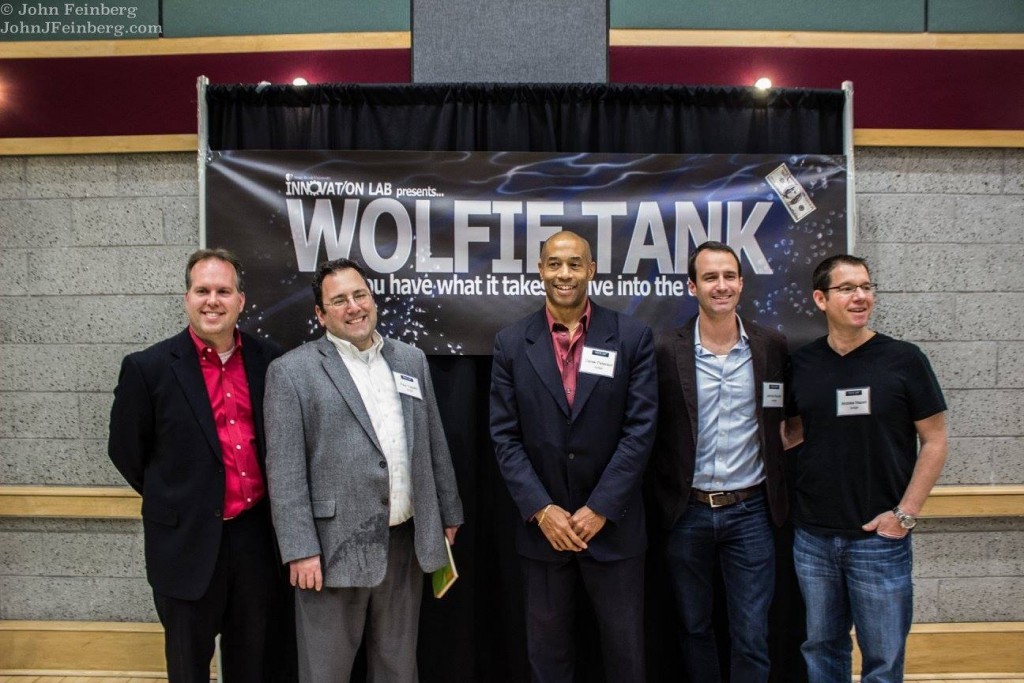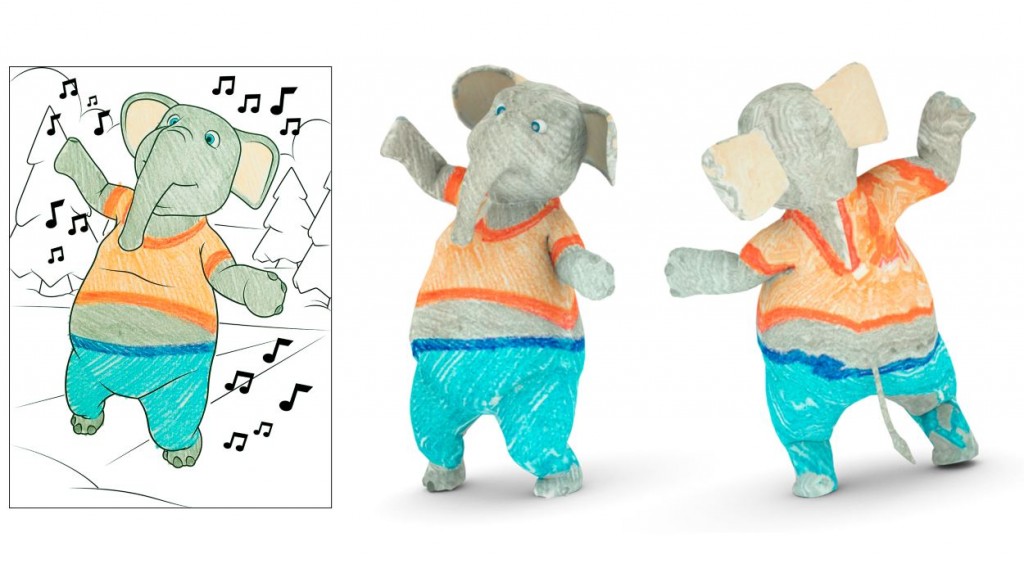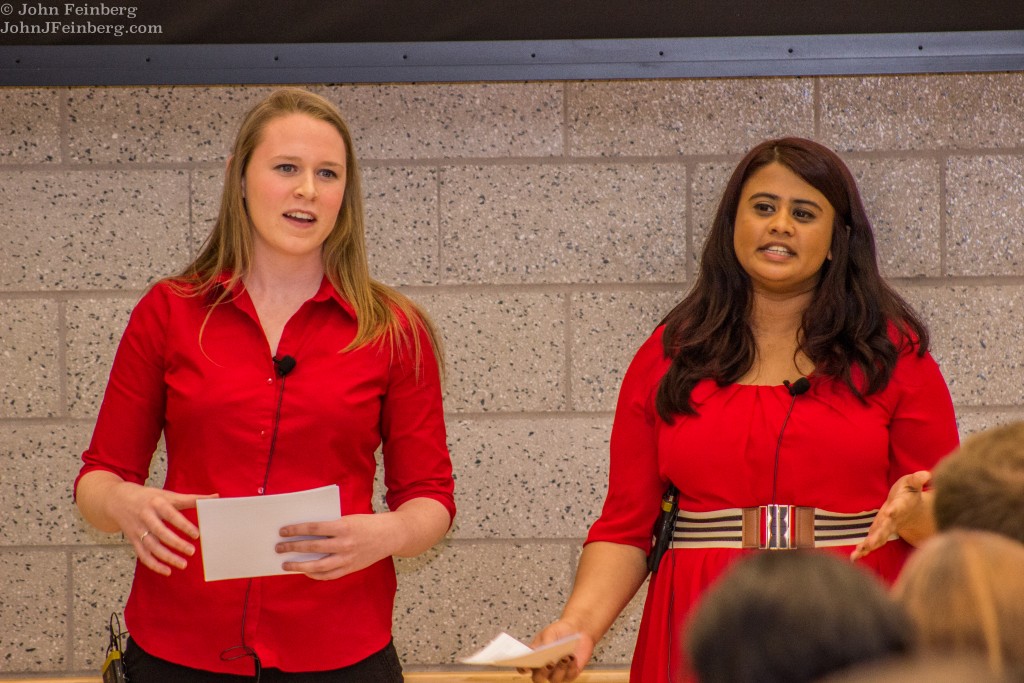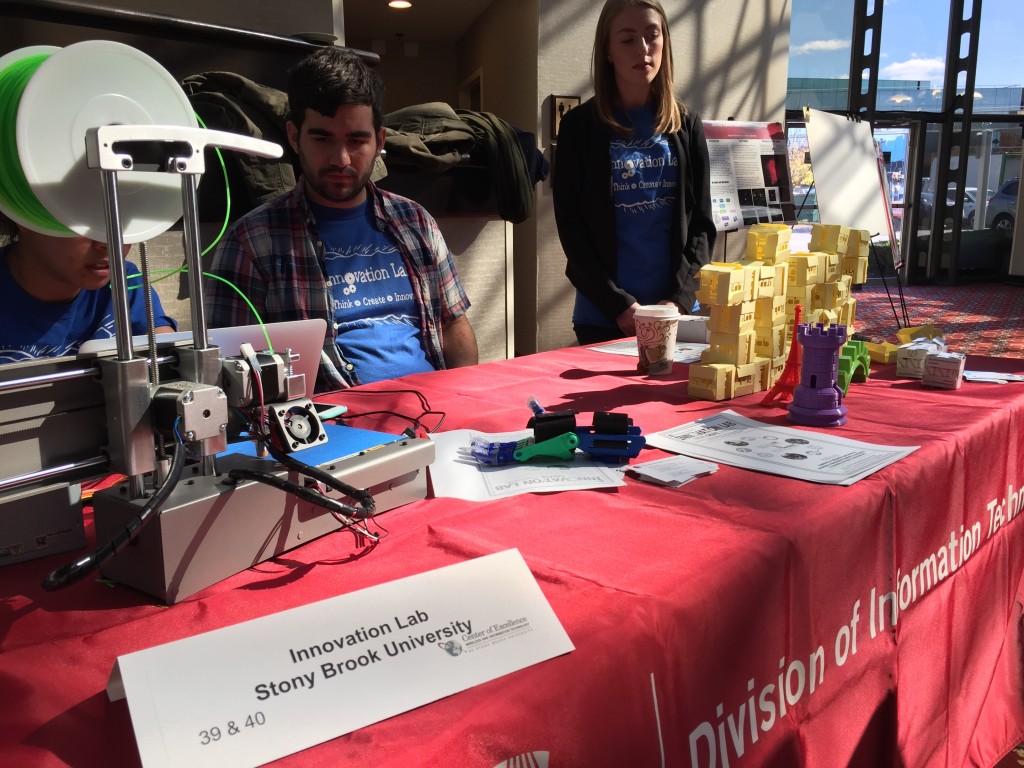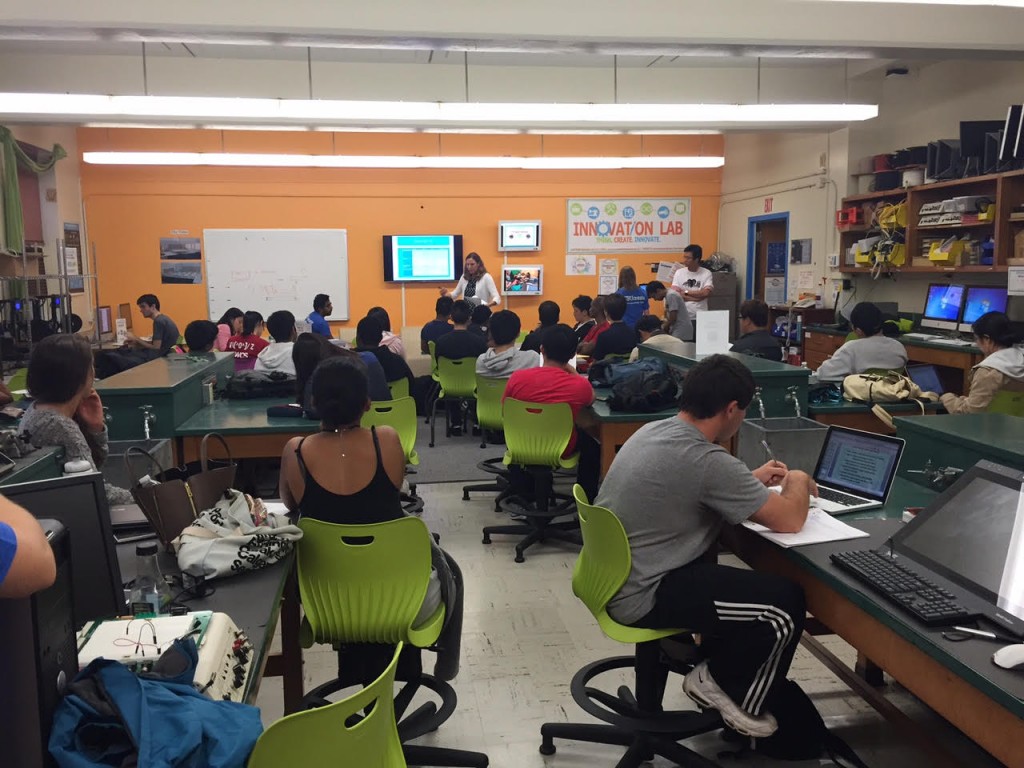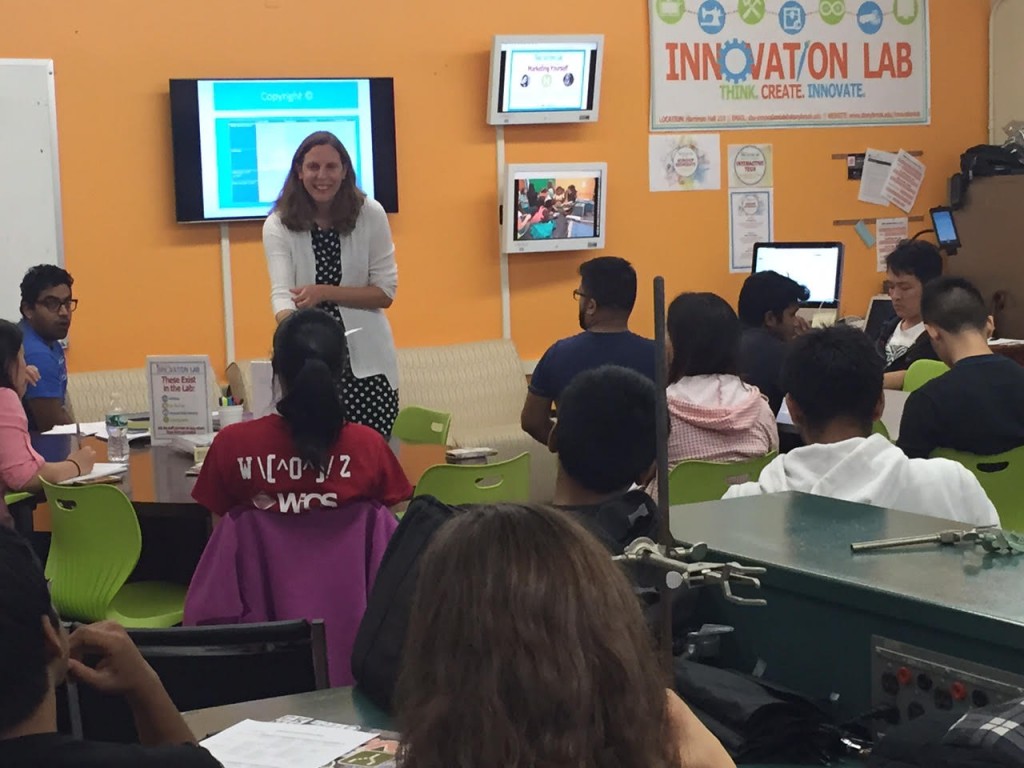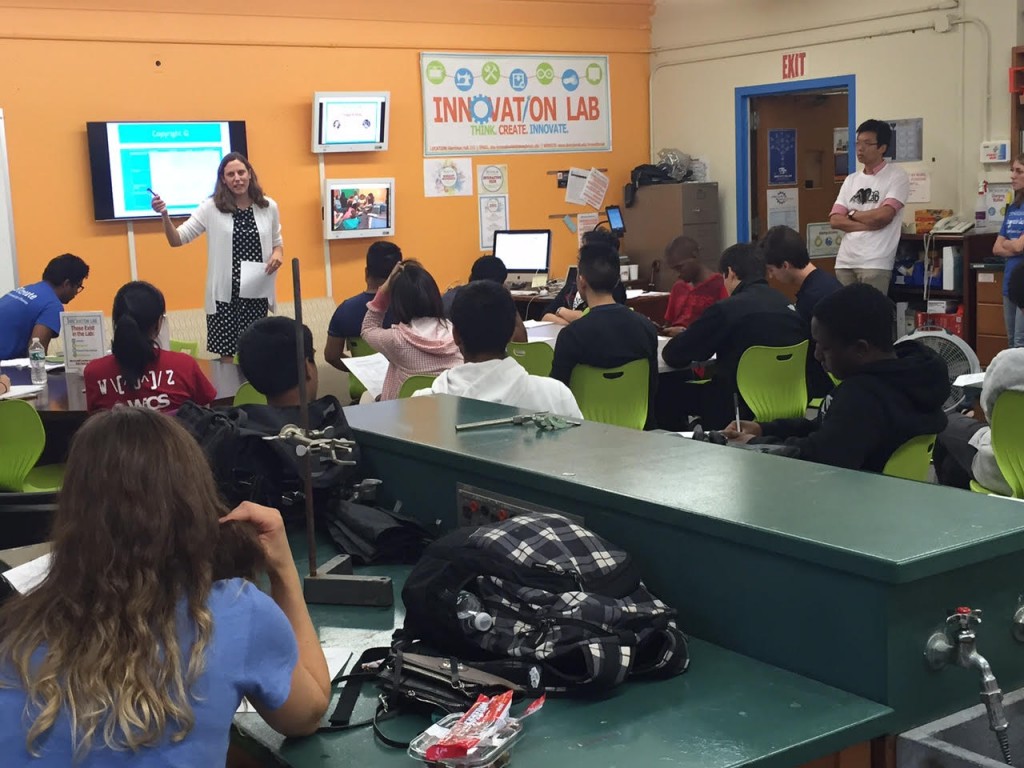Angad Singh, a freshman Biology major, and one of our SBU Innovation Lab staff, used our 3-D printers to create an adjustable wrist brace. He became interested in biology after taking an AP Biology course in high school. After hearing about the Innovation Lab on campus through a friend, he found his background in shadowing and research to be a great fit at the lab, bringing in new perspectives alongside working with new technologies. Singh was inspired by his uncle, a physician, who has many patients with difficulties concerning uncomfortable, and inconvenient wrist braces. One such issue was that they could not shower or bathe with it, and patients would need to wrap their arm in a plastic bag first. This unique wrist brace can be easily manipulated to conform to anyone’s hand for a more comfortable, custom fit, and eliminates the need to keep it dry. It is a very simple and affordable option, costing under $10, and can be made available in a relatively short period of time. Singh is currently working on improving a sizing scale, so that it can be scaled accordingly to fit hands of people of all sizes and ages. This Spring 2016 semester, Singh will be working on printing and constructing prosthetic hands. He says that, “In the field, prosthetic hands are very expensive – sometimes as expensive as $30,000, but using the technologies available at the iLab, creating a prosthetic hand costs as little as $50.” The wrist brace is currently on display at our HSC table location.
The above is an image of the wrist brace while it is was being printed.
The following includes the steps Angad Singh took to making his 3-D printed wrist brace.
1) Print the brace with no support and no raft on about a 30% infill from: http://www.thingiverse.com/thing:403001
*NOTE: This template is for the left hand. In order to print one for the right hand, it must be flipped in the program.
2) Once the brace has printed, remove it from the printer carefully, and place the brace in boiling hot water.
3) Place a paper towel or thin glove on the intended hand/wrist, and remove the brace from the boiling water using tweezers and place it on the wrist. Pat down the brace so it fits snugly.
4) Run your hand/wrist under cold water to solidify the brace. Once it has solidified, take it off your wrist and attach Velcro straps.
5) If it is not a perfect fit, a hot air drier can be used to touch up certain spots to adjust and achieve the best fit.
Feel free to contact the SBU Innovation Lab, or Angad Singh about any further questions regarding our adjustable, custom wrist brace!


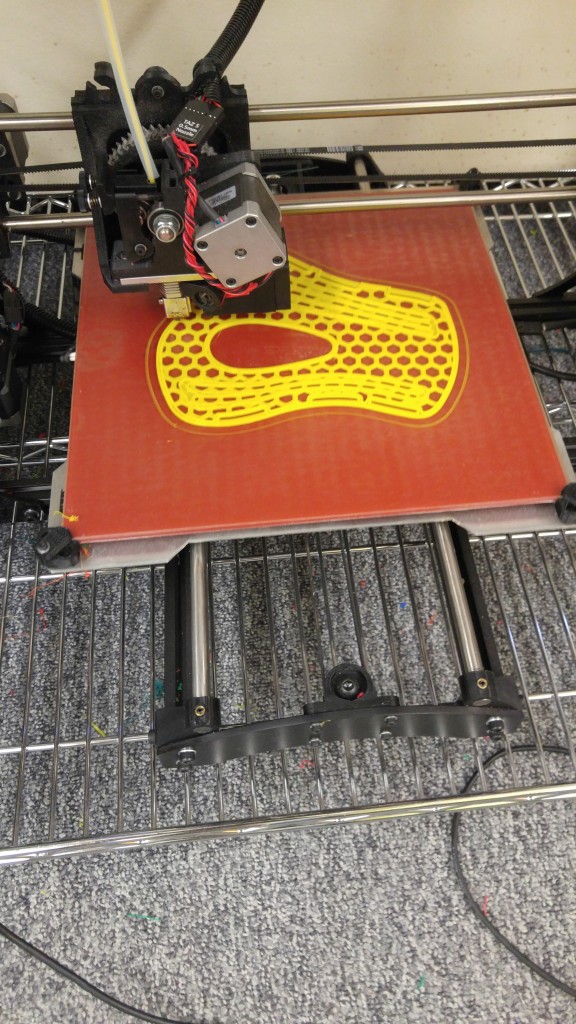
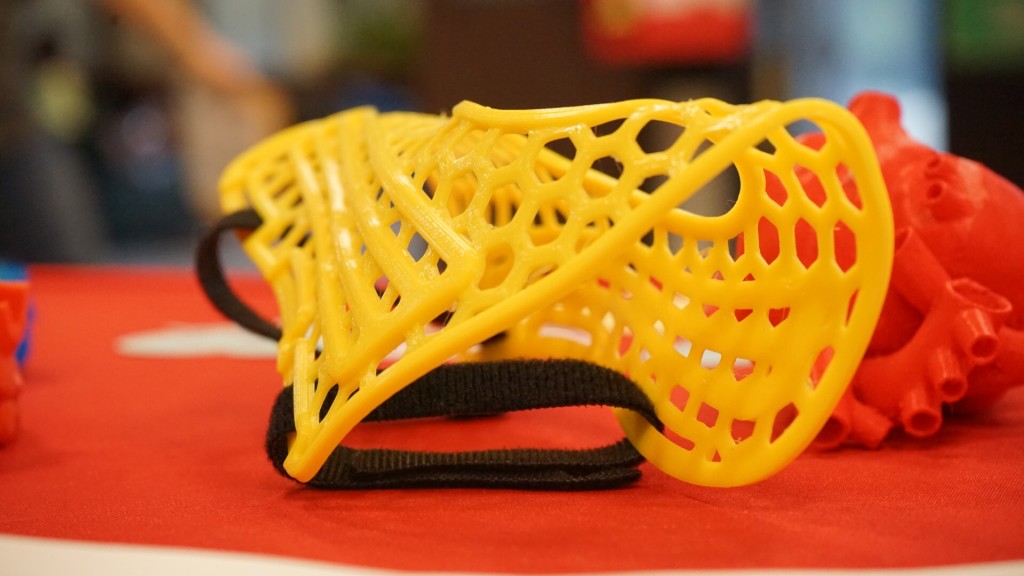


![IMG_20151111_155831[1]](https://you.stonybrook.edu/researchtech/files/2015/12/IMG_20151111_1558311-22njazr-1024x768.jpg)
![IMG_20151111_160415[1]](https://you.stonybrook.edu/researchtech/files/2015/12/IMG_20151111_1604151-o7rdpu-1024x768.jpg)
![IMG_20151111_160029[1]](https://you.stonybrook.edu/researchtech/files/2015/12/IMG_20151111_1600291-1glfut9-1024x768.jpg)
![IMG_20151111_155640[1]](https://you.stonybrook.edu/researchtech/files/2015/12/IMG_20151111_1556401-o5i45h-e1449087772699-768x1024.jpg)

